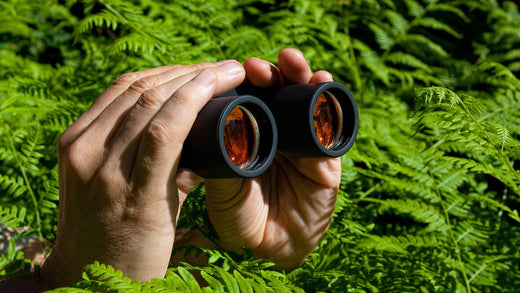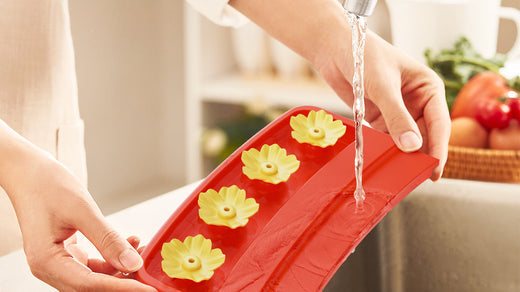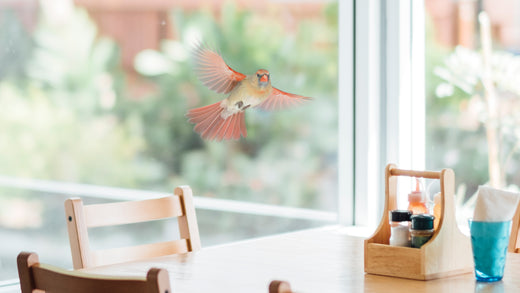While some enthusiasts invest in high-end optics, advanced gadgets, or even international birding trips, you don’t need a big budget to enjoy birdwatching. With just a few smart purchases, you can fully immerse yourself in the hobby and find immense satisfaction. In fact, sometimes the simplest choices offer the greatest rewards.
For example, with less than $300, you can purchase a reliable pair of binoculars that will serve you well for years, allowing you to observe and identify just as many species as high-end equipment. A $30 field guide can become your lifelong companion, packed with detailed information about the birds in your region or all of North America.
How to Use Binoculars for Birdwatching?
Before heading out, take a moment to properly adjust your binoculars. Most models come with features designed to help users get the best performance possible:
Eyecups for Eye Relief
Eyecups help position your eyes at the correct distance from the eyepieces. This optimizes magnification and reduces stray light, resulting in a clearer, brighter image.
- If you don’t wear glasses, extend the eyecups.
- If you do wear glasses, keep the eyecups retracted. Your glasses will maintain the right distance and help block ambient light.
Adjust the Interpupillary Distance
Binoculars have two barrels that need to be adjusted to match the distance between your eyes. Look through the lenses and move the barrels closer or farther apart until the two images merge into a single, clear 3D view. Misalignment can make the image appear dim or blurry.
Focus Your Binoculars
Every pair of binoculars has a central focusing wheel and a diopter adjustment ring to account for differences between your eyes. Here’s how to set them up:
Step 1: Set the diopter adjustment to zero.
Step 2: Using only the central focusing wheel, focus on a clear object (like a sign or symbol). During this step, cover the objective lens (the large front lens) on the side with the diopter adjustment. Keep both eyes open.
Step 3: Switch sides, covering the other objective lens. Use the diopter adjustment to bring the image into sharp focus for that eye.
Step 4: Make a note of your diopter setting for future reference, as it may shift slightly over time.
Adjust the Neck Strap
For comfortable wear, shorten the strap as much as possible without causing strain. A loose strap can allow the binoculars to swing and bump into rocks, walls, or furniture, increasing the risk of damage.
Tips for Beginner Birdwatchers
- Practice Spotting
When you spot a bird, raise your binoculars to your eyes without looking away. This helps maintain your line of sight and makes it easier to find the bird through the lenses.
-
Start with Large, Stationary Objects
Beginners can build confidence by practicing on unmoving objects like road signs or tree trunks. Then move on to smaller or more active targets.
- Stay Still
Avoid excessive head movement. Focus on keeping your binoculars steady for a clear, consistent view.

For beginners, having a reliable bird feeder can dramatically enhance your backyard birding experience by attracting a variety of species right to your window. Smart bird feeders offer a modern and convenient way to feed and observe birds up close, making them a fantastic addition to your birdwatching gear.
Birdwatching is a calming, enriching activity that brings you closer to nature. With a few basic tools and a bit of practice, you’ll soon be identifying and appreciating a wide range of bird species. Happy birding!






Leave a comment
All comments are moderated before being published.
This site is protected by hCaptcha and the hCaptcha Privacy Policy and Terms of Service apply.